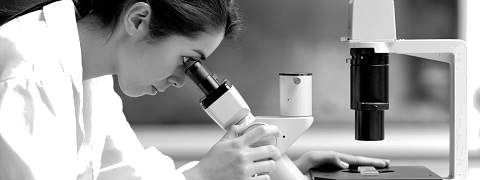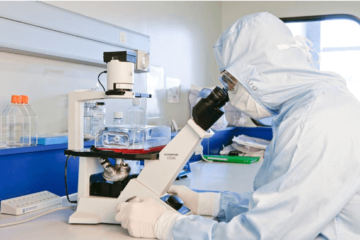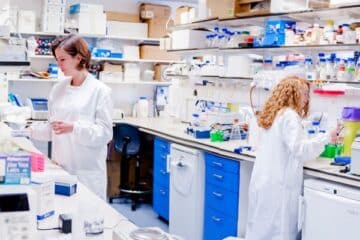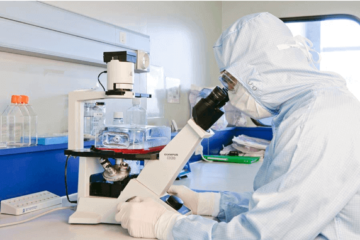Treatment with mesenchymal stem cells improves protein synthesis in decompensated liver
Mesenchymal stem cell (MSC) therapy shows promise in treating decompensated liver disease. Our analysis reveals MSC treatment significantly improves protein synthesis, offering a potential novel therapeutic strategy for restoring liver function. Learn more about the mechanisms and clinical implications.


















